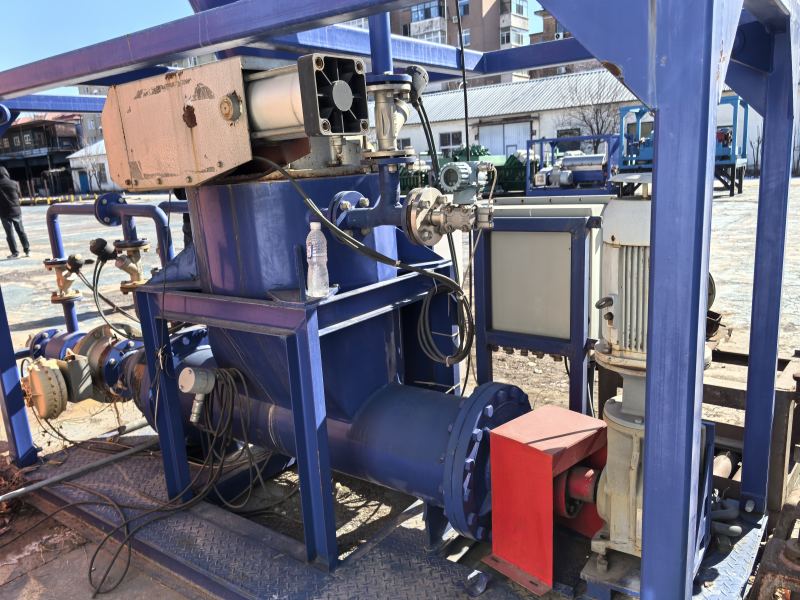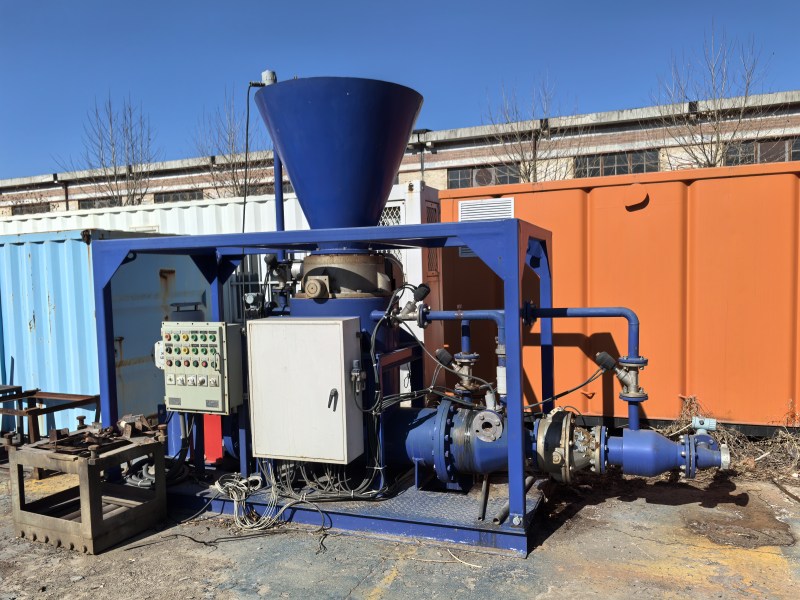

Drilling Cuttings blower is a transfer unit
for offshore drilling cuttings collection and transfer operation. For water-based
mud cuttings, usually it is considered to be Pollution-free and can be dumped
into certain area of sea. For oil-based mud cuttings, usually it is considered
to be polluted and need to be transported back to onshore for the final
treatment.

Drilling cuttings blower is a key unit in the complete pneumatic transfer system. The cuttings discharged from solids control equipment can drop in the collection hopper of the drilling cuttings blower, and then conveyed to the mud skips or cuttings tanks for temporary storage on a barge. After the mud skips is filled full of drilling cuttings, the barge can move to the seashore and transferred to the thermal desorption unit for final treatment, where the valuable oil can be recovered for reuse, and the solids burned to ash as pollution-free material.
The drilling cuttings blower unit can be transported
to the jack-up rig platform by offshore basket or we can add one DNV271 frame
for the blower for easier transit between onshore and offshore. As a
professional solids control equipment manufacturer, separation equipment designer
and conveying equipment specialist, we grasp the key technology to design, optimize,
make and service for all the related pneumatic conveying system, DNV271 mud
skips, DNV271 mud tanks, solids control equipment, drilling waste management
equipment. Besides, we are also one-stop solution providers including: used
drilling rigs, workover rigs, used top drive system, filter equipment for brine
filtration, bulk transfer system, electrical modification solutions, drilling
automation equipment etc.

Similar to the working principle of drilling
cuttings blower, we can also provide good quality sludge vacuum pump which can
be adopted to any hazardous zone at onshore or offshore platform. The sludge
vacuum pump has wider applications including but not limited to: